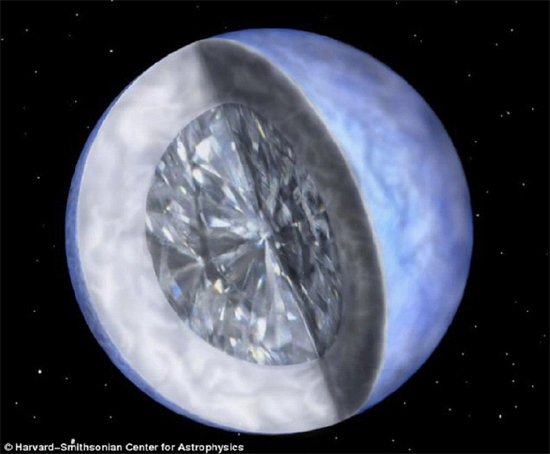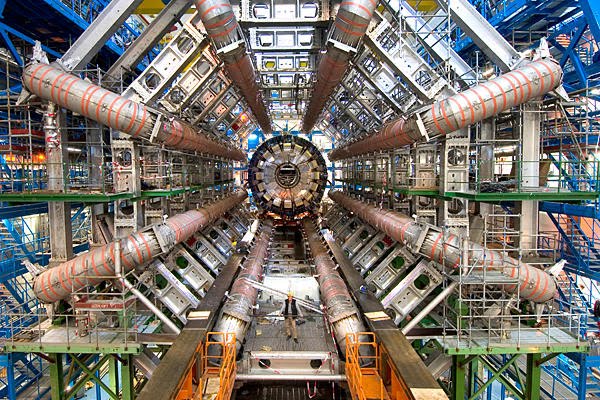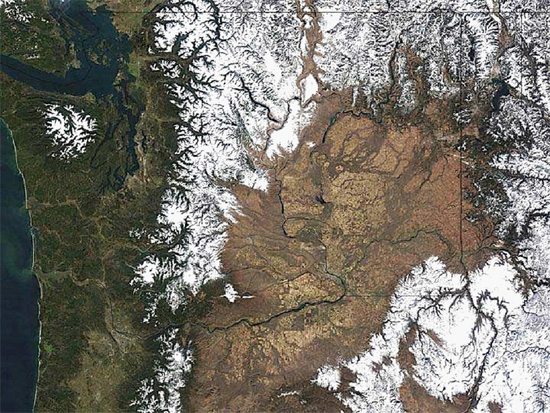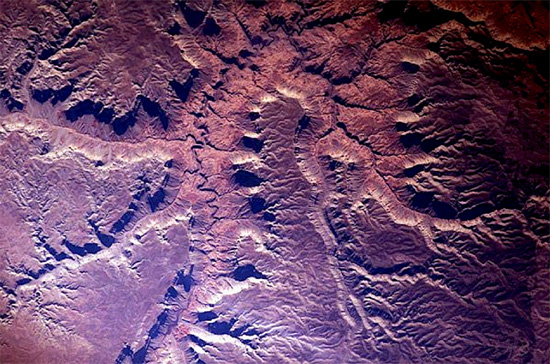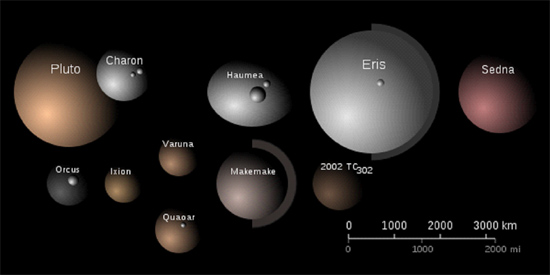My Friend Flicker
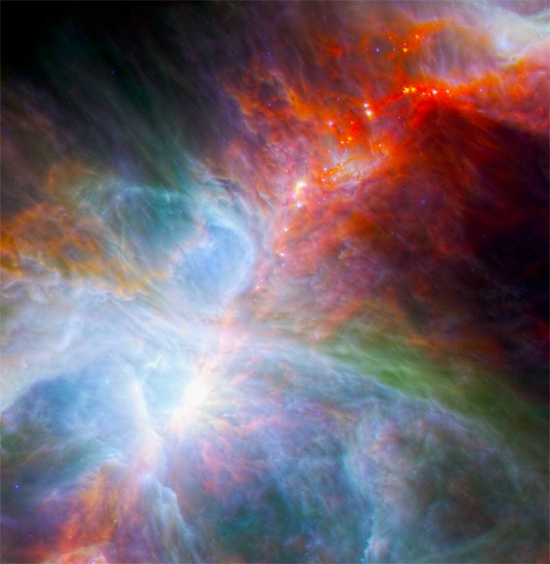
Mar 02, 2012 What causes the rapid changes observed in Orion Nebula “protostars”? Using a combination of NASA’s Spitzer Space Telescope and the ESA Herschel Space Observatory, astronomers found that so-called “young stars” are changing in brightness much faster than they thought possible. Instead of taking several years for material…
IndisCERNible
From the Canadian Northwest to the Ocean so Blue
Solar Lightning
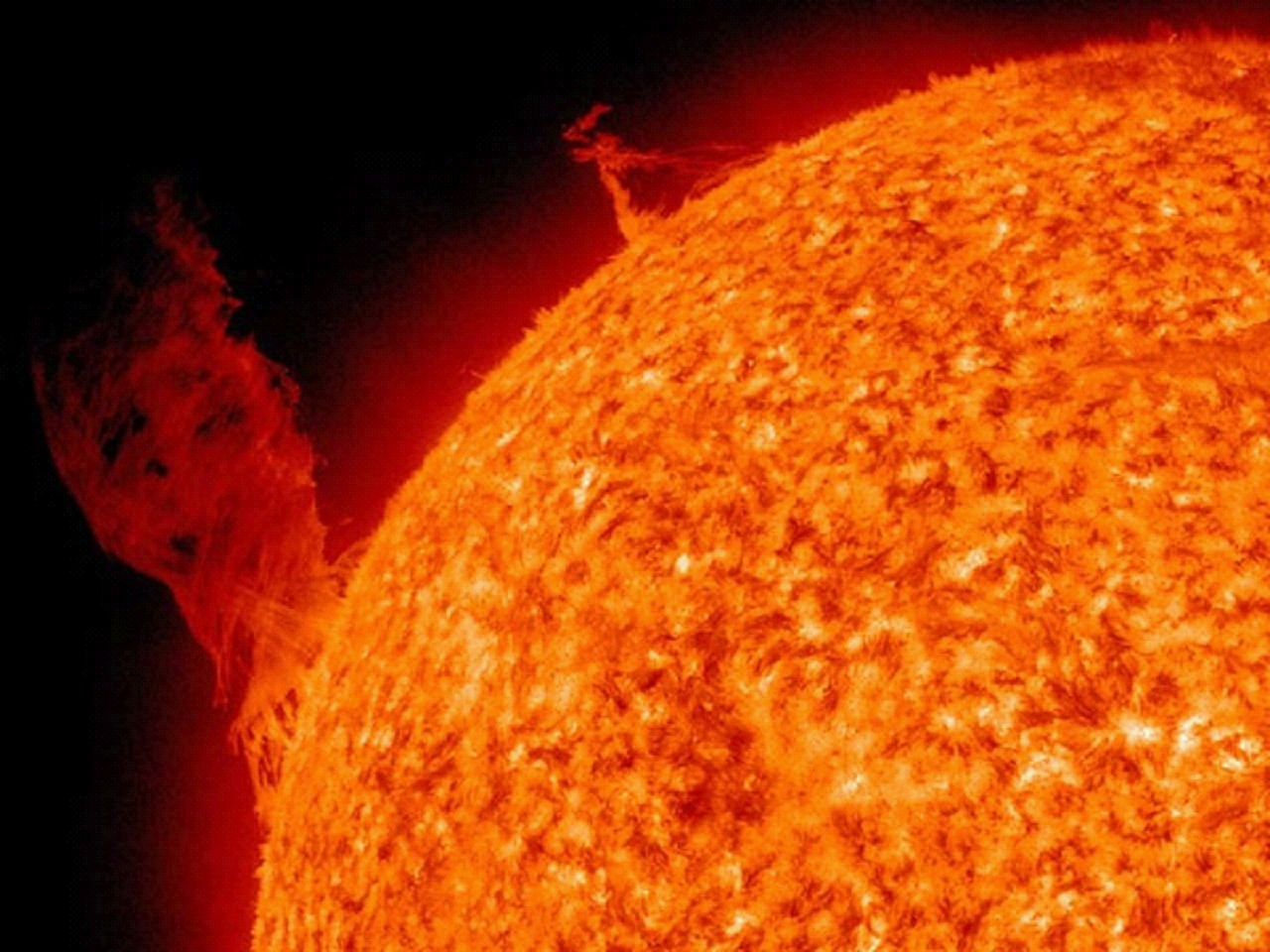
Feb 28, 2012 Solar flares can be thought of as giant lightning discharges. Conventional thinking suggests that the Sun accelerates charged particles into space in the same way that sound waves are amplified. Eruptions in the photosphere travel outward through “acoustical wave-guides,” known as magnetic flux tubes. Structures called spicules…
Protostar Expostulation
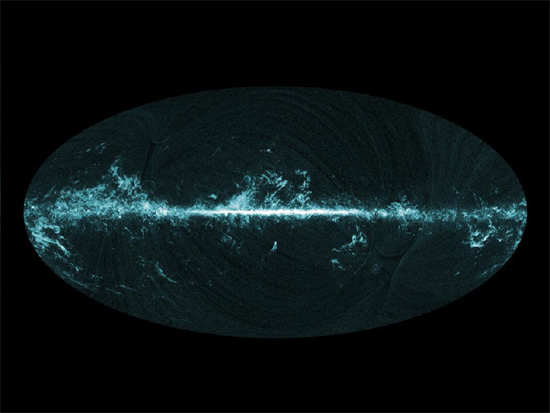
Feb 27, 2012 Astronomers continue to cling to outmoded theories of star formation The European Space Agency (ESA) launched the Planck telescope platform on May 19, 2009 into an orbit around Lagrange point L2. Planck is designed to analyze the cosmic microwave background radiation (CMBR) with greater precision than its…
The Case of the Missing Delta
Snow White and the Frozen Dwarfs
Lunar Graben

Feb 22, 2012 Did tectonic and volcanic forces create the wide, parallel trenches on the Moon? The Moon has seen cataclysmic devastation at some time in its past. There are giant craters, wide and deep valleys, and multi-kilometer long rilles crisscrossing its surface. Conventional theories postulate that the Moon has…
Daughter of Zeus
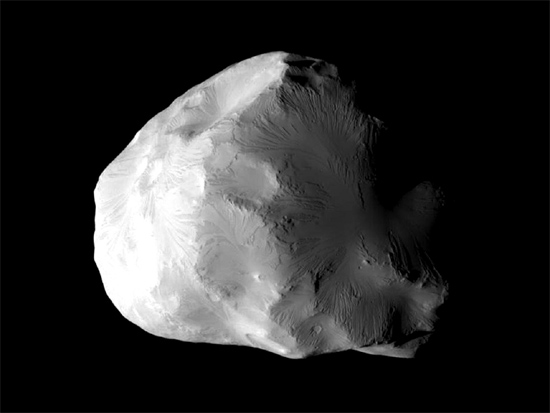
Feb 21, 2012 Can the surface of a tiny moon help to explain the mysterious geography of Mars? In an Electric Universe, the charged moons and the charged rings around Saturn are alternately repelling and attracting each other as they move through the gas giant’s plasma sheath. Electric discharges from…





